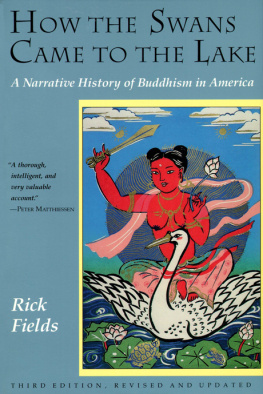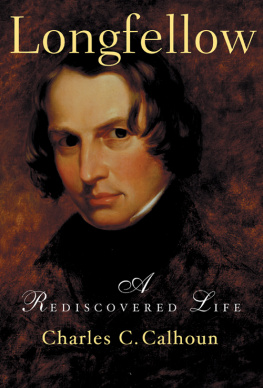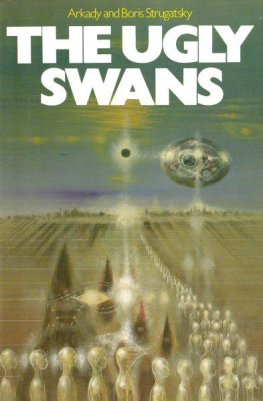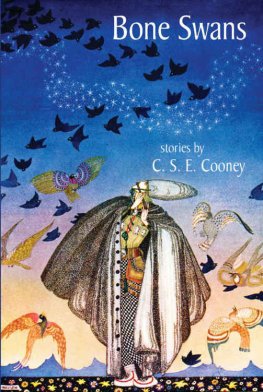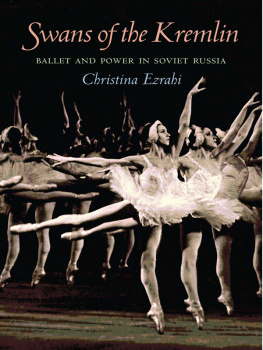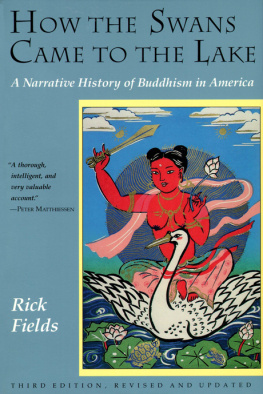Heroic in scope and of undeniable historic importance.
Los Angeles Times
This fascinating book delivers more than it promises. It takes the reader from the origins of Buddhism right up to the immediate past, through Buddhisms growth and spread in Asia to the personalities that opened it up to the West and those that brought it to America as well as those who were affected by Buddhism or nurtured it here. Fields possesses a clear style and infectious enthusiasm for his subject.
Library Journal
The definitive treatment of the impact of Buddhism on American thought.
Roderick Frazier Nash, Professor of History and Environmental Studies, University of California, Santa Barbara
I found this engaging book literally crammed with the sort of lively and accurate information which I had for years been longing to find assembled. The leading characters emerge with a quality of independence and individuation that certainly dispels any stereotype of the Buddhist practitioner, teacher, or layman.
Washington Post
ABOUT THE BOOK
This new updated edition of How the Swans Came to the Lake includes much new information about recent events in Buddhist groups in America and discusses such issues as spiritual authority, the role of women, and social action.
RICK FIELDS (19421999) is the author of several books, including Chop Wood, Carry Water and The Code of the Warrior. He has served as the editor of The Vajradhatu Sun, an international journal of Buddhism (now Shambhala Sun), and as the editor-at-large of Tricycle: A Buddhist Review.
Sign up to receive news and special offers from Shambhala Publications.

Or visit us online to sign up at shambhala.com/eshambhala.
HOW THE SWANS CAME TO THE LAKE
A NARRATIVE HISTORY OF BUDDHISM IN AMERICA
Third Edition, Revised and Updated
Rick Fields

SHAMBHALA
BOSTON & LONDON
2014
SHAMBHALA PUBLICATIONS, INC.
Horticultural Hall
300 Massachusetts Avenue
Boston, Massachusetts 02115
www.shambhala.com
1981, 1986, 1992 by Rick Fields
Cover art: Mayumi Oda
Cover design: Dede Cummings/IPA
All rights reserved. No part of this book may be reproduced in any form or by any means, electronic or mechanical, including photocopying, recording or by any information storage and retrieval system, without permission in writing from the publisher.
Library of Congress Cataloging-in-Publication Data
Fields, Rick.
How the swans came to the lake: a narrative history of Buddhism in America / Rick Fields.3rd ed., updated.
p. cm.
Includes bibliographical references and index.
eISBN 978-0-8348-2979-4
ISBN 978-0-87773-631-8 (pbk.)
1. BuddhismUnited StatesHistory. I. Title.
BQ732.F52 1992 90-53681
294.30973dc20 CIP
ILLUSTRATIONS
CREDITS
Various excerpts: The Asian Journal of Thomas Merton. Copyright 1968, 1970, 1973 by the Trustees of the Merton Legacy Trust. Reprinted by permission of New Directions.
A selection from The Dharma Bums by Jack Kerouac. Copyright 1958 by Jack Kerouac. Reprinted by permission of Viking Penguin, Inc.
Excerpts from The Eastern Buddhist, New Series, Vol. II, No. 1, August 1967. Copyright The Eastern Buddhist Society, Tokyo, Japan.
Selection from Dropping Ashes on the Buddha by Zen Master Seung Sahn. Compiled and edited by Stephen Mitchell. Copyright 1976 Providence Zen Center and Grove Press.
Gary Snyder: Poem, He blazed out the new path for all of us.... Reprinted by permission of the author.
Selections from Like a Dream, Like a Fantasy: The Zen Writings and Translations of Nyogen Senzaki. Edited and with an Introduction by Eido Shimano Roshi. Copyright 1978 in Japan by the Zen Studies Society Inc.
Selections from Namu Dai Bosa: A Transmission of Zen Buddhism to America by Nyogen Senzaki, Soen Nakagawa and Eido Shimano. Edited by Louis Nordstrom. Copyright 1976 by The Zen Studies Society, Inc. Published in the Bhaisajaguru Series by Theatre Arts Books, New York, and used with permission of the publisher.
Excerpts from Gary Snyder, The Real Work: Interviews and Talks 19641979. Copyright 1969, 1972, 1974, 1978, 1979, 1980 by Gary Snyder. Reprinted by permission of New Directions.
Excerpt from The Tibetan Book of the Dead or the After-Death Experiences on the Bardo Plane according to Lama Dawa-Samdups English Rendering by W.Y. Evans-Wentz. Copyright 1960 by W.Y. Evans-Wentz. Reprinted by permission of Oxford University Press, Inc.
Selections from Three Steps, One Bow by Bhikshu Heng Ju and Bhikshu Heng Yo. Copyright 1977 by The Buddhist Text Translation Society. Reprinted by permission of the publisher.
Excerpt from Beat Zen, Square Zen, and Zen by Alan Watts. Copyright 1959 by City Lights Books.
Selections from Zen Notes, Mary Farkas, editor. Copyright by the First Zen Institute of America, Inc. By permission of the publisher.
Selections from Wind Bell. Copyright by Zen Center, San Francisco. By permission of the publisher.
TO AL AND REVA, MY PARENTS, FOR THEIR LOVE, PATIENCE AND SENSE OF HUMOR.
2,500 years after I have passed away into Nirvana, the Highest Doctrine will become spread in the country of the red-faced people.
Shakyamuni Buddha to the goddess Vimala, as given in Bu-stons History of Buddhism
... there is an orientalism in the most restless pioneer, and the farthest west is but the farthest east.
Henry David Thoreau, A Week on the Concord and Merrimack Rivers
The Karmapa told an interviewer this week that he came to the United States because the teachings of the Lord Buddha had preceded him. If there is a lake, the swans would go there, he said, speaking through an interpreter.
The Boston Globe, Dec. 10, 1976
AUTHORS NOTE
During the five years spent researching and writing this book, I have often found myself feeling, like Fitzgeralds Gatsby, borne back ceaselessly into the past, as what had begun as a short introductory chapter to a book about American Buddhism grew, seemingly against all my efforts, into a full-length examination of the history of American Buddhism.
The World Parliament of Religions, which took place in Chicago in 1893, is usually considered the beginning of the introduction of Buddhismand Eastern religion in generalto America. But the Parliament could also, I found, just as easily be seen as the culmination of a movement that had begun much earlier. Arthur Christys 1932 study, The Orient in American Transcendentalism, opened my eyes to the extent that Emerson and Thoreau had been moved and informed by the East. Thoreaus enthusiastic raptures over the work of Sir William Jones, whom I had never heard of, drew me to the pioneer orientalists of the British Raj, and when I held the original folio volumes of Joness Asiatick Researches in my hands, I felt myself carried even further back. Finally I dug in at the point from which Buddhist historians have traditionally begunwith the life of Siddhartha Gautama, the Buddha of our time.
Buddhist history is the record of lineageof who gave what to whomnot as dead doctrine but as living truth; it is more a matter of the freshly baked bread than of the recipe. Though lineage is chronological and linear, or seems to be, and the story has gone on for twenty-five hundred years, Buddhism insists on the primacy of the present. Zen masters sometimes talk about locking eyebrows with the ancient patriarchs, and it is in this sense that historyor at least Buddhist historyis never out of date.
Next page
